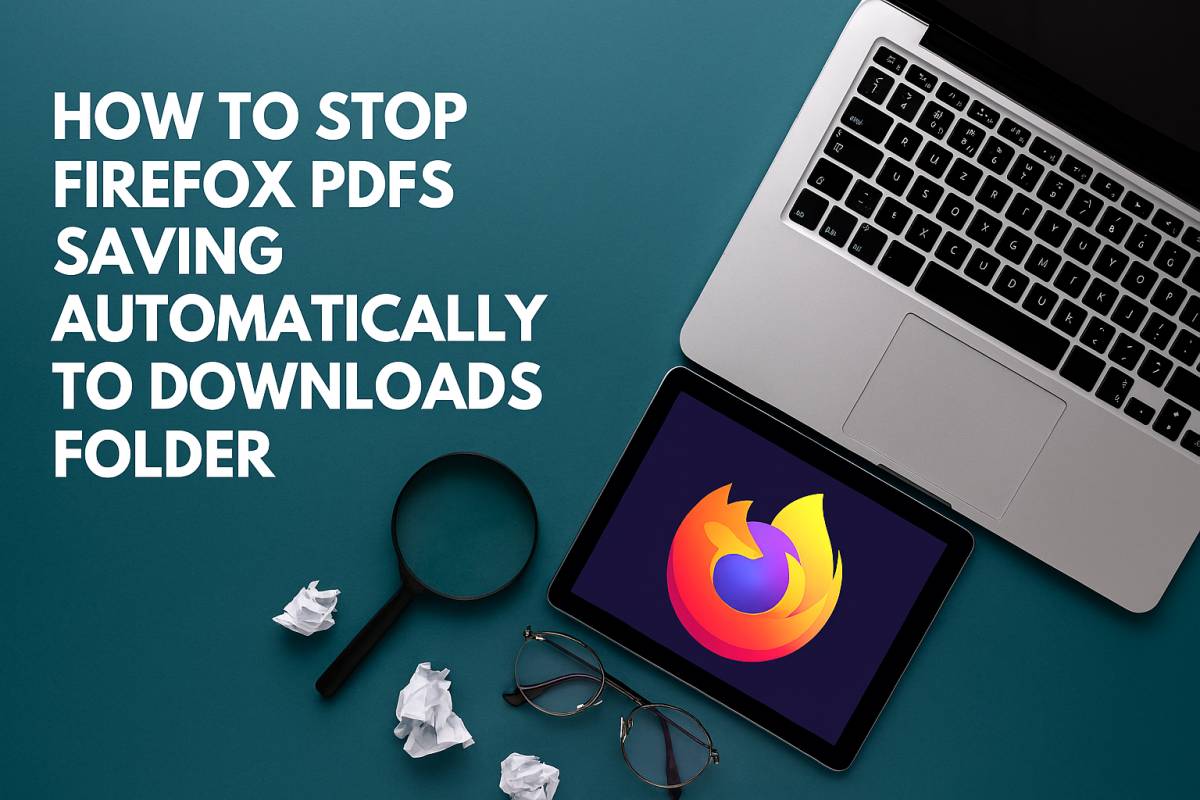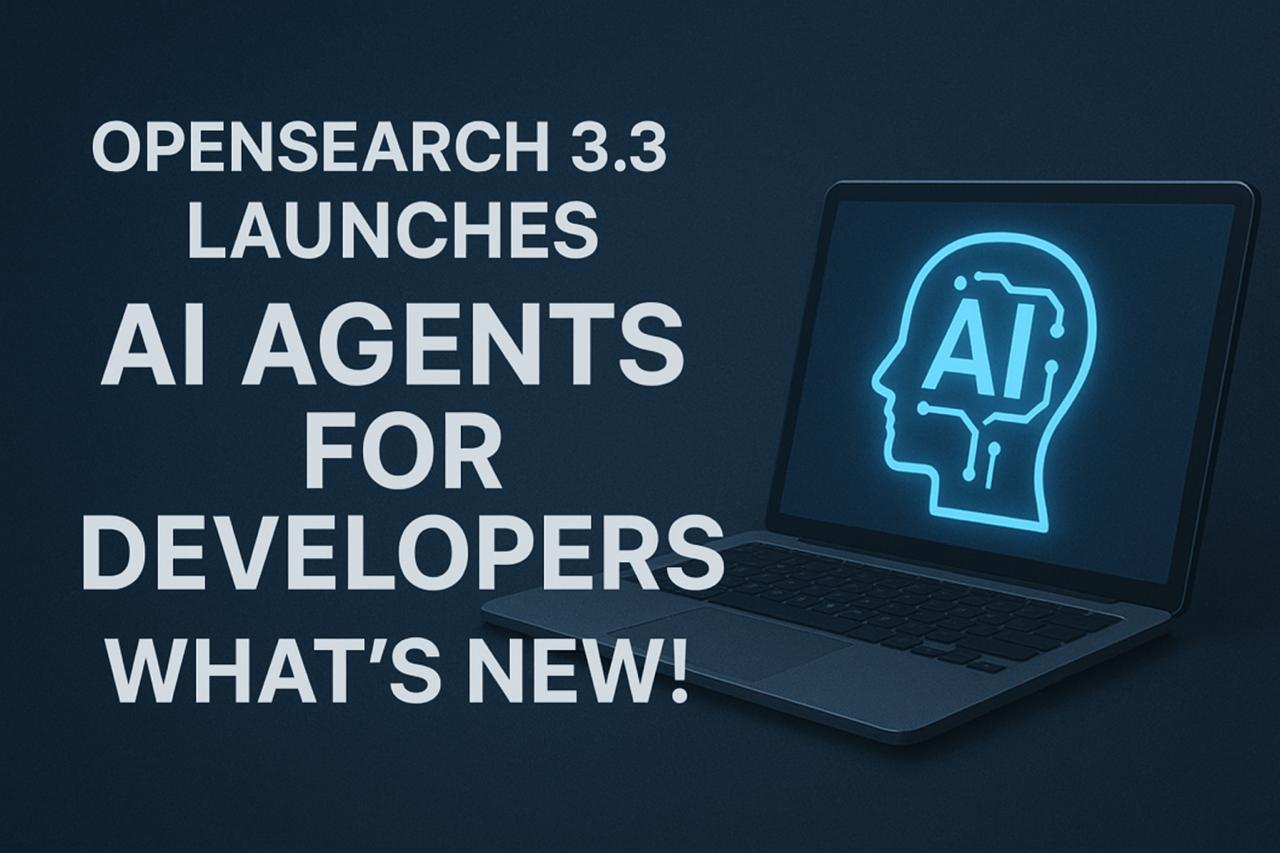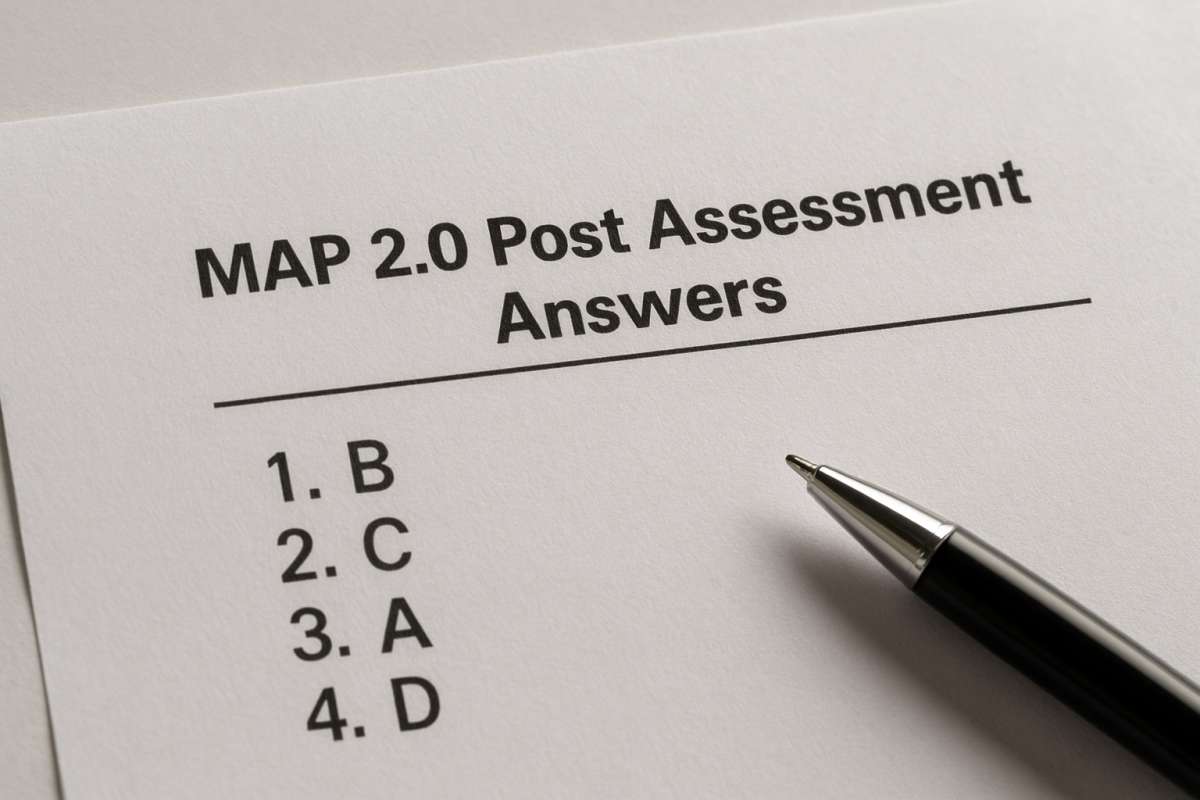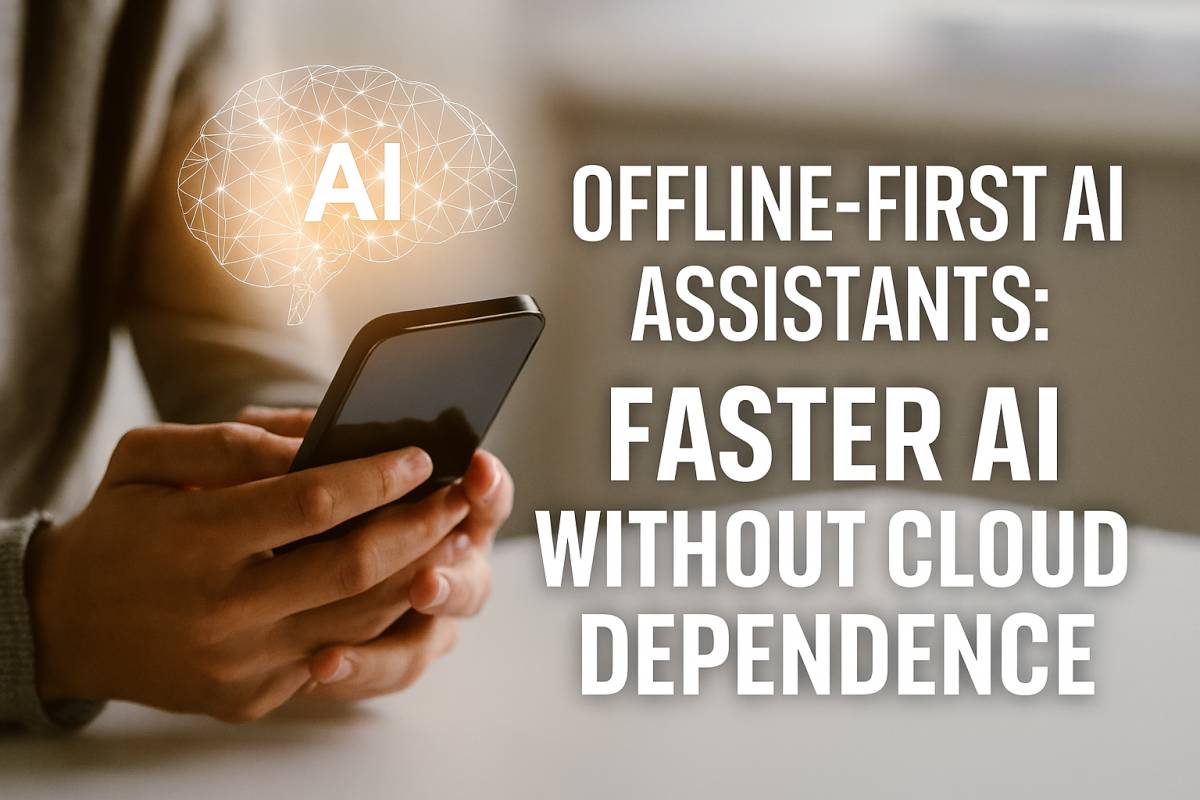How to Get a Data Science Internship in 2025?

To land a data science internship in 2025, you need a combination of technical skills, real-world project experience, a well-crafted resume, and a proactive networking strategy. Start by learning Python, statistics, and machine learning, build a portfolio on GitHub, and actively apply to internships while leveraging platforms like LinkedIn and Kaggle to make yourself visible and credible to recruiters.
Why Data Science Internships Matter in 2025
As AI continues to transform industries, data science has become one of the most in-demand fields globally. Internships offer a stepping stone for students and career changers to gain practical experience, collaborate with professionals, and build credentials that increase their chances of full-time employment. In 2025, companies are increasingly looking for interns who not only know how to code but also understand how to apply data to solve real-world problems.
Step 1: Learn the Right Skills
Before you apply, you must be equipped with core data science skills. Here’s what you need to focus on in 2025:
Programming Languages
- Python: Still the #1 language for data science. Learn libraries like
Pandas,NumPy,Matplotlib,Seaborn,Scikit-learn, andTensorFloworPyTorch. - SQL: Essential for working with databases.
- R: Optional but useful, especially in research-heavy roles.
Statistics & Mathematics
- Learn probability, linear algebra, and hypothesis testing.
- Understand statistical models and when to use them.
Machine Learning & AI
- Understand supervised and unsupervised learning.
- Learn to build, evaluate, and deploy models.
- Stay updated with large language models (LLMs) and generative AI trends.
Data Visualization & Storytelling
- Tools: Tableau, Power BI, Plotly, or Altair.
- Know how to turn data into insights.
Step 2: Build a Solid Portfolio
In 2025, your portfolio speaks louder than your GPA.
Start with Personal Projects
- Analyze open datasets from Kaggle or government portals.
- Solve business problems (e.g., customer churn, fraud detection).
- Document your process, findings, and code clearly.
Upload to GitHub
- Make your repositories public and organized.
- Include a
README.mdexplaining the project, tools used, and key results. - Add Jupyter Notebooks with well-commented code.
Create a Personal Website
- Showcase your projects, blog posts, resume, and contact details.
- Use platforms like GitHub Pages, Wix, or WordPress.
Step 3: Gain Practical Experience
While formal internships are the goal, any practical exposure helps.
Freelancing & Volunteering
- Look for freelance data projects on platforms like Upwork, Turing, or Freelancer.
- Volunteer for NGOs or student clubs to analyze data and provide insights.
Contribute to Open Source
- Join data-centric GitHub repositories or contribute to documentation and code.
Hackathons & Competitions
- Participate in Kaggle competitions.
- Join university and online hackathons—these often lead to internship offers.
Step 4: Create an Internship-Ready Resume and LinkedIn Profile
Resume Tips
- Keep it one page, with clean formatting.
- Highlight projects and skills (not just academic background).
- Include tools and technologies used.
- Use quantifiable achievements where possible.
LinkedIn Optimization
- Add a professional photo and a headline like: “Aspiring Data Scientist | Python | Machine Learning | Kaggle Contributor”.
- Use the “Featured” section to showcase projects.
- Regularly post insights, projects, and engage with the data science community.
Step 5: Apply Strategically
Where to Apply
- Job Boards: LinkedIn, Glassdoor, Indeed, Internshala, AngelList (for startups).
- Company Career Pages: FAANG, consulting firms, startups, and unicorns often post internships directly.
- University Job Portals: Use your university’s career services platform.
- Referral Networks: Ask professors, alumni, or colleagues for referrals.
When to Apply
- Applications for summer internships often open in September–November of the previous year.
- Apply early. Rolling applications mean earlier applicants are more likely to be reviewed.
How to Apply
- Customize your resume and cover letter for each role.
- Include specific mentions of the company or project areas you’re interested in.
- Follow up professionally after a week if you haven’t heard back.
Step 6: Prepare for the Interview
Most data science internship interviews in 2025 will involve:
Technical Interviews
- Coding (Python, SQL).
- Statistics and probability.
- Machine learning concepts.
Case Studies
- You may be given a dataset and asked to derive insights or build a simple model.
- Communicate your thought process clearly.
Behavioral Interviews
- Be prepared to discuss your projects and what you learned.
- Use the STAR (Situation, Task, Action, Result) method.
Step 7: Keep Learning and Improving
Even if you don’t land your first few internship applications, don’t get discouraged.
Keep Learning
- Follow courses on Coursera, edX, DataCamp, or Udacity.
- Read blogs from Towards Data Science, Medium, or KDnuggets.
Stay Engaged
- Join data science communities like:
- r/datascience
- DataTalks.Club
- Discord servers and LinkedIn groups
Final Thoughts
In 2025, data science internships are competitive, but with the right skills, strategic planning, and persistence, they are well within reach. Start with learning the core concepts, build and showcase your portfolio, actively engage with the community, and don’t be afraid to reach out for help or referrals. Every project, post, or connection you make brings you one step closer to your goal.









